What is a degree rotating hydraulic tilt ditching bucket?
In the world of construction and excavation, efficiency and versatility are paramount. One tool that has revolutionized these industries is the degree rotating hydraulic tilt ditching bucket. This innovative attachment has become an essential component for many excavators, offering unprecedented flexibility and precision in various digging and grading operations. In this comprehensive guide, we'll explore the intricacies of this remarkable tool, its functionality, and its compatibility with different excavators.
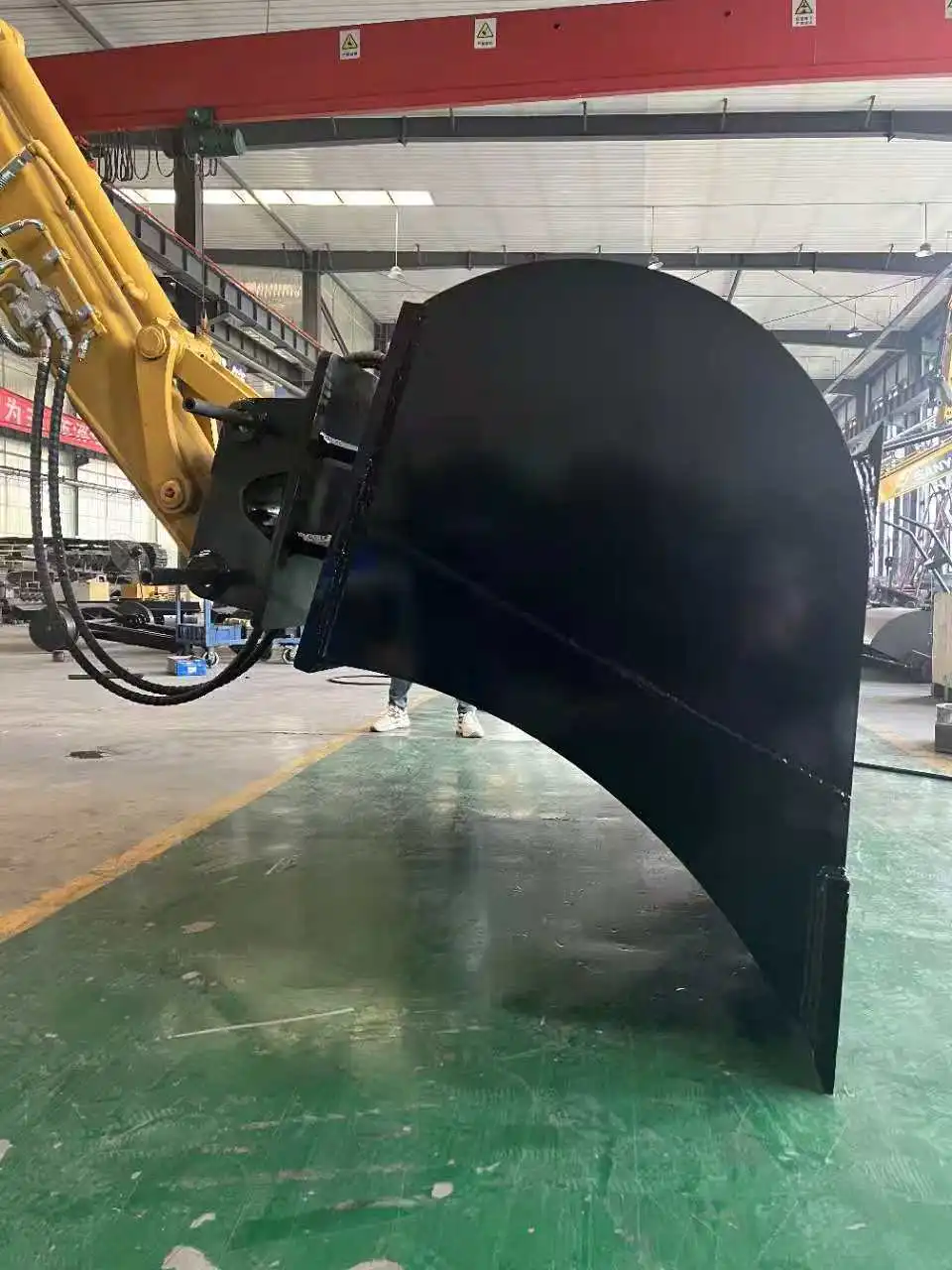
How does a rotating hydraulic tilt ditching bucket work?
The degree rotating hydraulic tilt ditching bucket is a sophisticated attachment designed to enhance the capabilities of excavators. Its primary function is to provide operators with increased control and maneuverability during ditching, grading, and slope work. The bucket's ability to rotate and tilt allows for precise positioning and manipulation of materials, even in challenging terrain or tight spaces.
The working principle of a rotating hydraulic tilt ditching bucket is based on a combination of hydraulic systems and mechanical components. The bucket is connected to the excavator's arm through a specially designed linkage system that allows for both rotation and tilting movements. These movements are controlled by hydraulic cylinders, which are powered by the excavator's hydraulic system.
When the operator activates the controls, hydraulic fluid is directed to the appropriate cylinders, causing the bucket to rotate or tilt as needed. The degree of rotation and tilt can be precisely adjusted, allowing for fine-tuned positioning of the bucket. This level of control enables operators to perform a wide range of tasks with greater accuracy and efficiency than traditional fixed buckets.
One of the key advantages of a rotating hydraulic tilt ditching bucket is its ability to maintain a consistent angle while digging or grading, regardless of the excavator's position. This feature is particularly useful when working on slopes or creating precise drainage channels. The bucket can be rotated to the desired angle and then tilted to match the required grade, allowing for smooth, even cuts along the entire length of the excavation.
Additionally, the rotating feature allows operators to work from various angles without repositioning the excavator itself. This capability not only saves time but also reduces the impact on surrounding areas, making it ideal for work in confined spaces or environmentally sensitive locations.
What are the key components of a rotating hydraulic tilt ditching bucket?
To fully appreciate the functionality of a degree rotating hydraulic tilt ditching bucket, it's essential to understand its key components. Each element plays a crucial role in the bucket's performance and durability:
- Bucket Shell: This is the main body of the attachment, typically constructed from high-strength steel to withstand the rigors of digging and material handling. The shell's design may vary depending on the specific application, with some models featuring a wider, flatter profile for grading tasks.
- Rotation Mechanism: This component allows the bucket to rotate 360 degrees around its central axis. It usually consists of a heavy-duty bearing or slewing ring that can withstand high loads while providing smooth rotation.
- Tilt Mechanism: The tilt function is achieved through hydraulic cylinders that allow the bucket to pivot up to 45 degrees in either direction from its central position. This mechanism enables precise grading and slope work.
- Hydraulic Motors and Valves: These components control the flow of hydraulic fluid to the rotation and tilt mechanisms, allowing for precise control of the bucket's movements.
- Cutting Edge: Located at the front of the bucket, the cutting edge is designed to penetrate soil and other materials effectively. It's often reinforced or replaceable to extend the bucket's lifespan.
- Teeth and Adapters: Some models include removable teeth to enhance digging performance in tougher materials. These are attached to the cutting edge via adapters, allowing for easy replacement when worn.
- Linkage System: This system connects the bucket to the excavator's arm and integrates with the rotation and tilt mechanisms to provide a full range of motion.
- Control Systems: Advanced models may include electronic control systems that allow for precise adjustment of rotation and tilt angles, sometimes with programmable presets for common tasks.
The integration of these components results in a highly versatile attachment that can significantly enhance an excavator's capabilities. The quality and durability of these components are crucial factors in the overall performance and longevity of the rotating hydraulic tilt ditching bucket.
What types of excavators are compatible with a rotating hydraulic tilt ditching bucket?
The versatility of degree rotating hydraulic tilt ditching buckets extends to their compatibility with various types of excavators. However, it's important to note that not all buckets are suitable for all excavators. The compatibility depends on several factors, including the excavator's size, hydraulic capacity, and intended use.
Generally, rotating hydraulic tilt ditching buckets are most commonly used with medium-sized excavators, typically in the 7 to 15-ton range. These machines offer a good balance of power and maneuverability, making them ideal for a wide range of applications where the bucket's versatility can be fully utilized.
Here are some types of excavators that are often compatible with rotating hydraulic tilt ditching buckets:
- Midi Excavators: These machines, typically ranging from 6 to 10 tons, are often used in urban construction and landscaping projects where space may be limited. The rotating tilt bucket enhances their versatility in these confined areas.
- Standard Excavators: Machines in the 10 to 15-ton range are commonly equipped with rotating tilt buckets for general construction, road work, and utility installations.
- Wheeled Excavators: These versatile machines benefit greatly from the addition of a rotating tilt bucket, especially in applications that require frequent repositioning or travel between job sites.
- Compact Excavators: While less common, some manufacturers offer smaller rotating tilt buckets suitable for compact excavators in the 3 to 6-ton range, expanding their capabilities for landscaping and small-scale construction projects.
When selecting a rotating hydraulic tilt ditching bucket for an excavator, several factors must be considered:
- Hydraulic Flow and Pressure: The excavator must be able to provide sufficient hydraulic power to operate the bucket's rotation and tilt functions effectively.
- Weight Capacity: The bucket's weight, combined with its maximum load, should not exceed the excavator's lift capacity.
- Attachment Interface: The bucket must be compatible with the excavator's quick coupler system or direct pin-on attachment method.
- Control Systems: The excavator should have the necessary controls to operate the bucket's functions, which may require additional hydraulic circuits or control valves.
It's worth noting that while rotating hydraulic tilt ditching buckets are most commonly associated with excavators, similar attachments are also available for other types of construction equipment, such as backhoe loaders and skid steer loaders. These adaptations allow for increased versatility across a broader range of machinery.
The compatibility of a rotating hydraulic tilt ditching bucket with various excavators has significantly contributed to its popularity in the construction industry. By providing enhanced flexibility and precision across a range of machine sizes, these attachments have become valuable tools for contractors seeking to improve efficiency and expand their service offerings.
Degree Rotating Hydraulic Tilt Ditching Bucket Supplier
Tiannuo Machinery offers a high-quality degree rotating hydraulic tilt ditching bucket that exemplifies the features and benefits discussed in this article. Their model boasts impressive specifications, including a full 360-degree rotation capability and a 45-degree tilt range. This bucket is designed for compatibility with excavators in the 7-15 ton range, making it suitable for a wide variety of construction and excavation projects. With a bucket capacity of 0.4 m³, it strikes an excellent balance between material handling capacity and maneuverability.
If you're in the market for a reliable and efficient degree rotating hydraulic tilt ditching bucket, Tiannuo Machinery is an excellent choice. Their team of experts is ready to assist you with any questions or inquiries you may have. To learn more about their products or to discuss your specific needs, please don't hesitate to reach out to their management and sales team:
- Manager: arm@stnd-machinery.com
- Sales Team: rich@stnd-machinery.com or tn@stnd-machinery.com
Contact Tiannuo Machinery today to explore how their degree rotating hydraulic tilt ditching bucket can enhance your excavation capabilities and improve your project efficiency.
References:
- Haddock, K. (2019). "Modern Earthmoving Machines." Motorbooks International.
- Peurifoy, R. L., Schexnayder, C. J., Schmitt, R. L., & Shapira, A. (2018). "Construction Planning, Equipment, and Methods." McGraw-Hill Education.
- Nichols, H. L., & Day, D. A. (2010). "Moving the Earth: The Workbook of Excavation." McGraw-Hill Professional Publishing.
YOU MAY LIKE
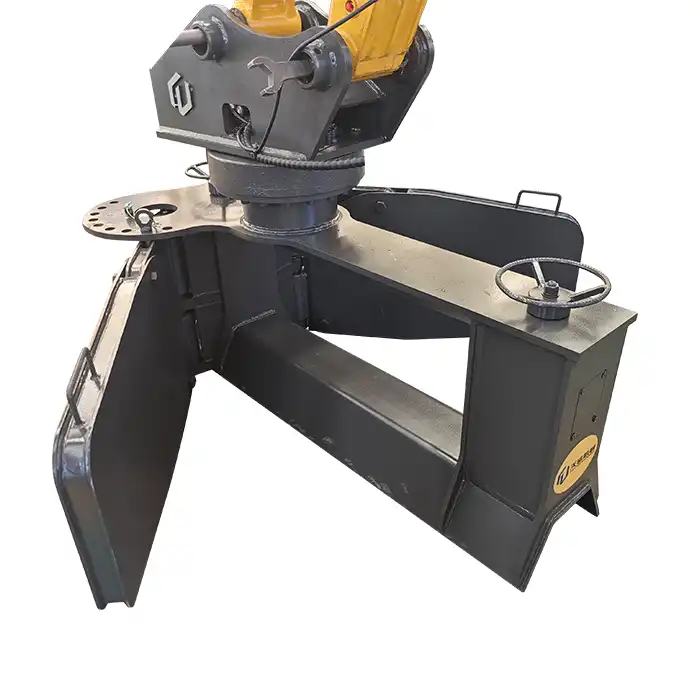 VIEW MORERailway Excavator Ballast Plow
VIEW MORERailway Excavator Ballast Plow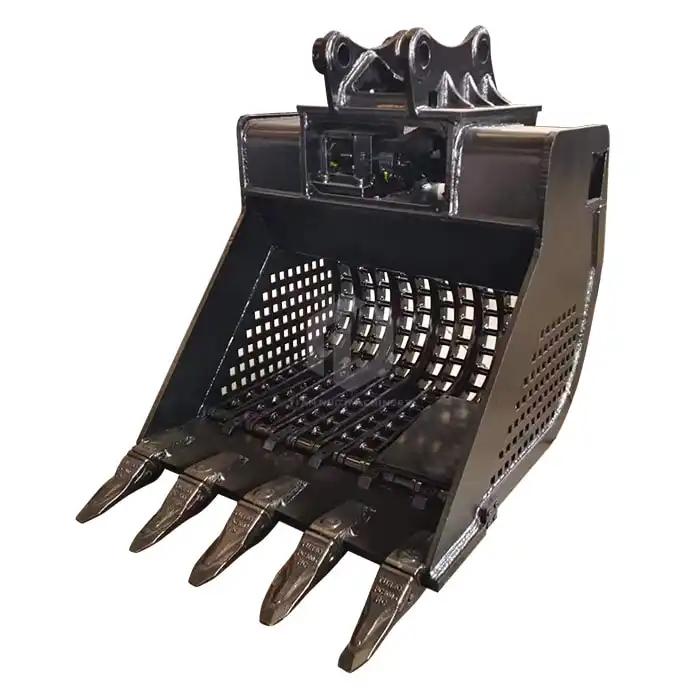 VIEW MOREExcavator High Frequency Screening Bucket
VIEW MOREExcavator High Frequency Screening Bucket_1740558626327.webp) VIEW MORERailway track sweeper
VIEW MORERailway track sweeper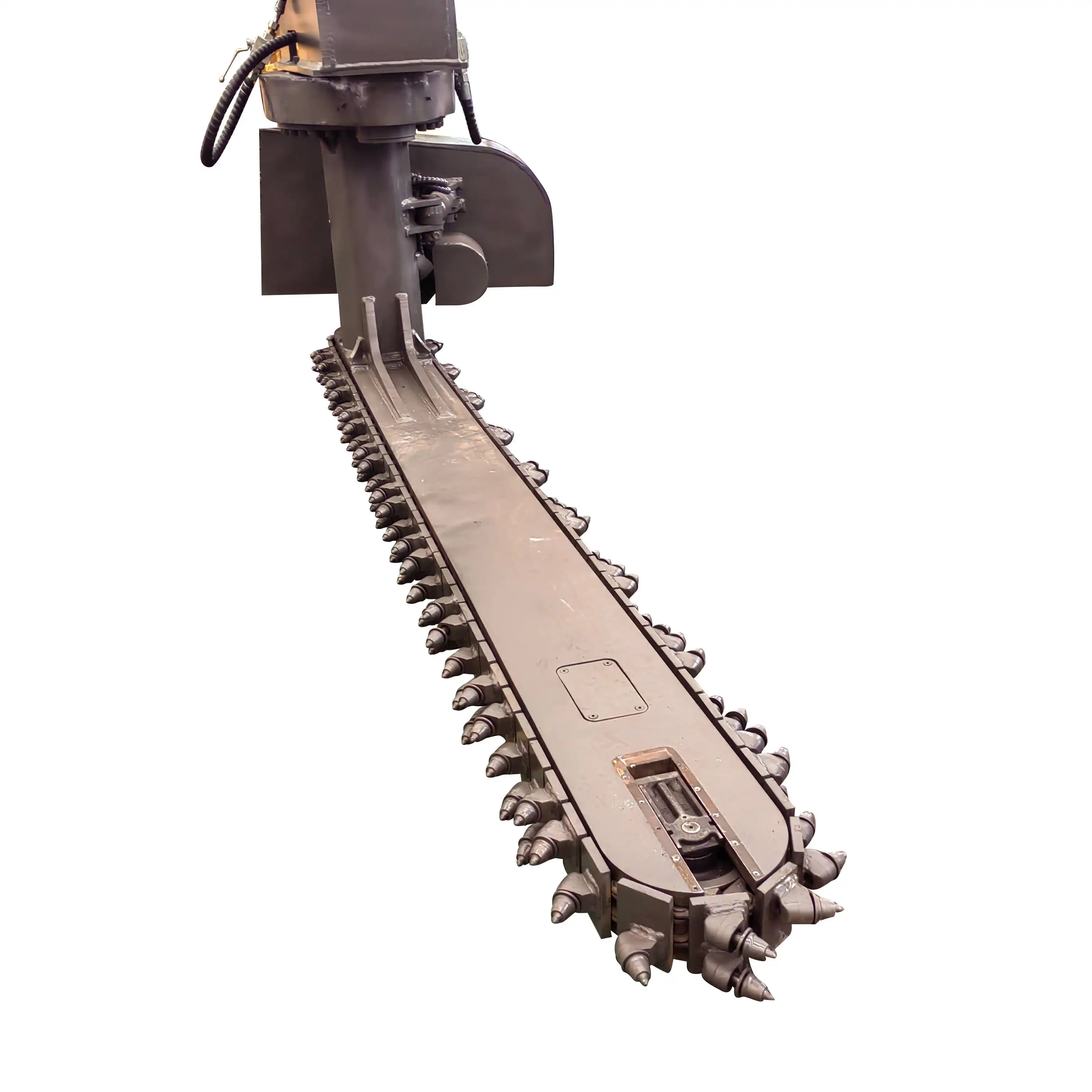 VIEW MORERail-Road Ballast Undercutter Excavator
VIEW MORERail-Road Ballast Undercutter Excavator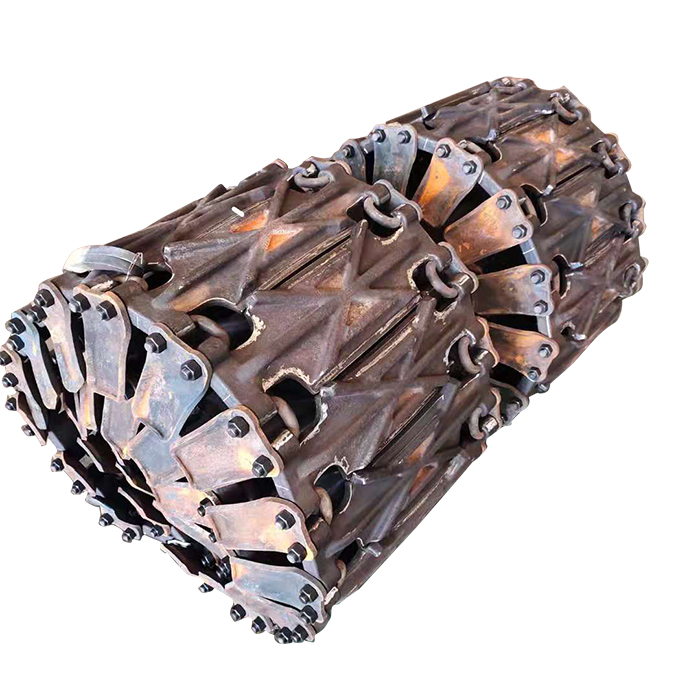 VIEW MORELoader Tire Anti-Skid Track
VIEW MORELoader Tire Anti-Skid Track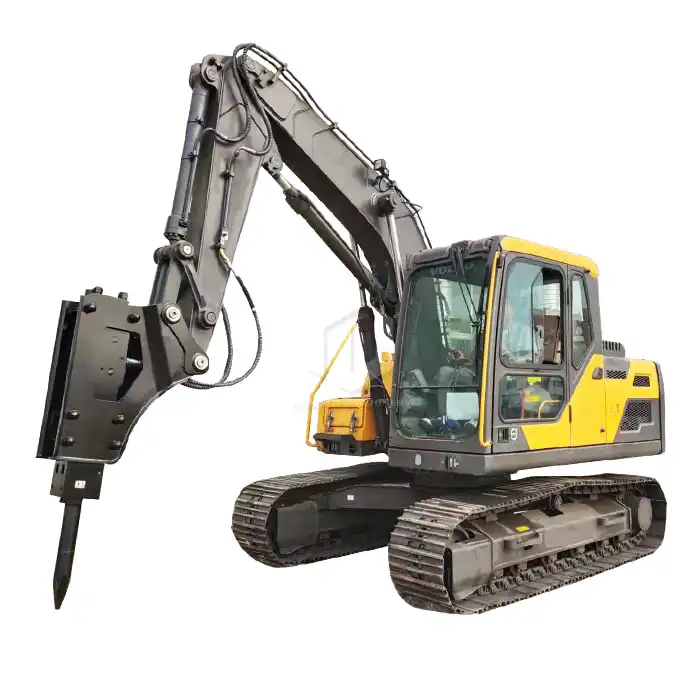 VIEW MOREExcavator Tunnel Arm
VIEW MOREExcavator Tunnel Arm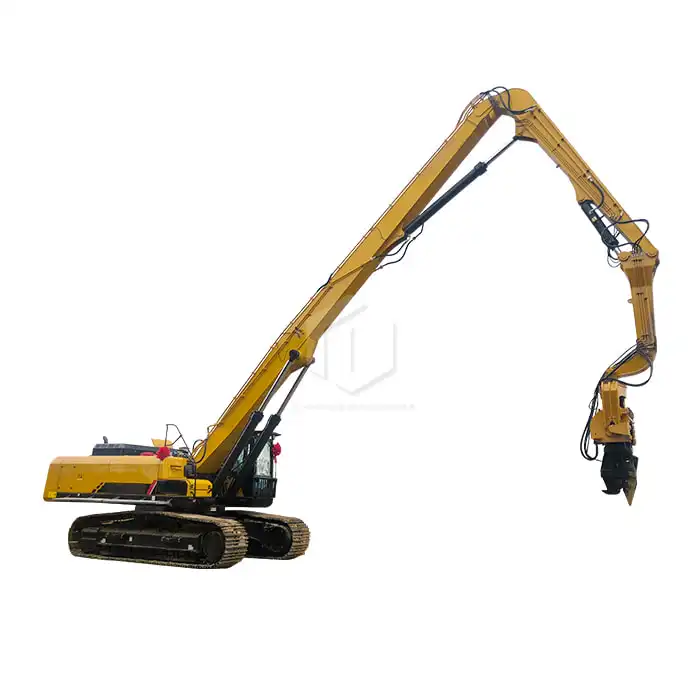 VIEW MOREExcavator Piling Boom
VIEW MOREExcavator Piling Boom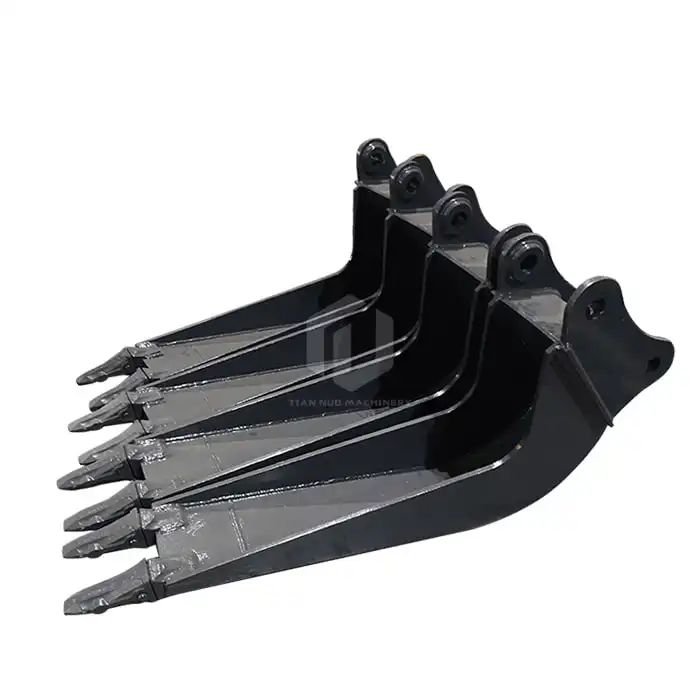 VIEW MOREExcavator Railway Ballast Cleaning Bucket
VIEW MOREExcavator Railway Ballast Cleaning Bucket

